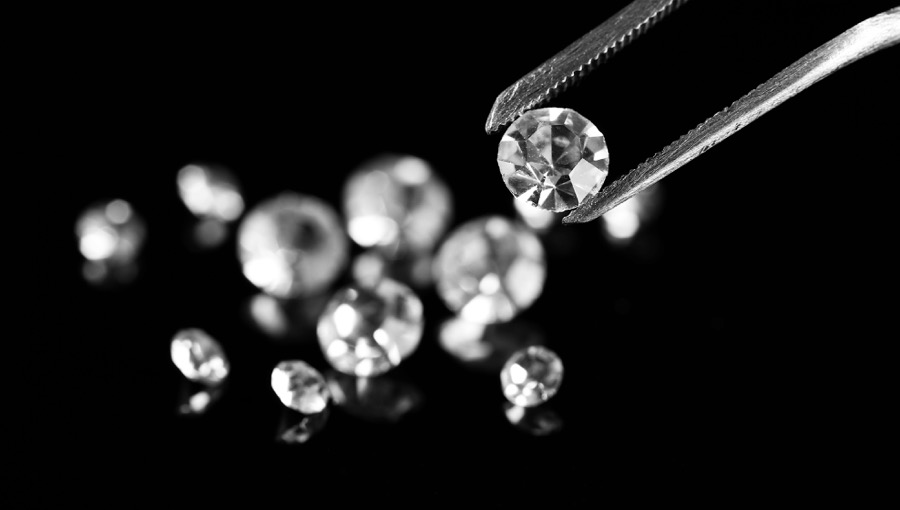
Experts have successfully tested artificial diamond making in the lab. In the preparation of this diamond, they have used the molecules of gas and crude oil.

We know that traditional diamonds are made hundreds of kilometers deep in the earth where abnormal temperatures and pressures exist. In this quality carbon is crystallized and turned into a precious diamond. The diamond then slowly reaches the ground level through the volcanic process. This process takes millions of years.
Scientists, on the other hand, have long been considering making diamonds in labs. Trade companies have also worked in this regard and artificial diamonds have been manufactured in various ways. Now experts at Stanford University have adopted a low-cost and easy-to-use method to easily create artificial diamonds in the laboratory.

Professor Sulgiye Park, who worked on it, said that it is a clean system in which only one item has been converted into pure diamond and no catalyst has been used.
The first is the powder extracted from the petrol tanks and viewed under a powerful microscope. Experts note that the atoms inside it are in the same order as the diamonds they form. However, unlike traditional diamonds, they are very fine and contain pure carbon. They also contain hydrogen.
To make it, the saffron was first heated with a laser and passed through several types of tests. In this way the hydrogen disappears and atom at 627 degrees Celsius in a special arrangement.
Read More: Moon soil can now produce Oxygen
However, these diamonds are very small and finely intended for research. That is, we can learn a lot about the formation of diamonds. However, synthetic diamonds can be made very quickly and can be used in medicine, quantum computing, and electronics.







